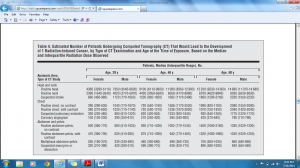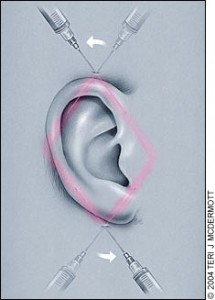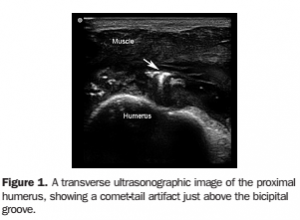Administrative Fellow Emory University, Department of Emergency Medicine Attending Physician
Most commented posts
- Followup on Dr. Pendley’s Nailbed Post — 5 comments
- How not to get sued…and just good patient care! — 4 comments
- Radiation Risk — 3 comments
- Anaphylaxis — 3 comments
- EKG of the Day? — 3 comments



